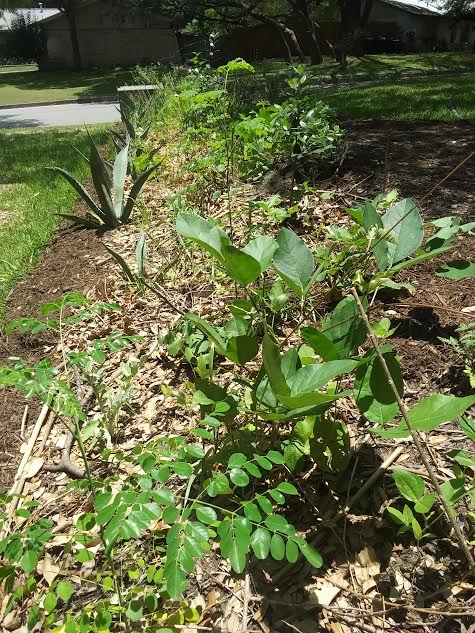




_______________
Land Steward


 2
2




 2
2




A build too cool to miss:Mike's GreenhouseA great example:Joseph's Garden
All the soil info you'll ever need:
Redhawk's excellent soil-building series





 3
3




Idle dreamer
 5
5






 4
4





Idle dreamer
 4
4




_______________
Land Steward


 3
3




I don't own the plants, they own me.




Matt Todd wrote:I feel your pain regarding the puzzle part. I got super analytical last year when I started a similar project. First I made a cheat sheet: each plant with their spacing requirements. Then I measured my total area and went to a graph/grid paper generator website, which lets you specify how many square you want which you can match to how many feet your garden is. That way you can sit down with a pencil and your cheat sheet and map out how all these things will fit when mature. I actually got tired of drawing and re-drawing so I cut out little post-it notes the size of my trees and shrubs so I could stick them to my graph paper and move them around easier!
If your county has a GIS website (google "your county name" + GIS) those usually let you measure and draw right on top of satellite imagery of your yard. Measurements are pretty accurate too!
_______________
Land Steward


 3
3




Heidi Schmidt wrote:
Matt Todd wrote:I feel your pain regarding the puzzle part. I got super analytical last year when I started a similar project. First I made a cheat sheet: each plant with their spacing requirements. Then I measured my total area and went to a graph/grid paper generator website, which lets you specify how many square you want which you can match to how many feet your garden is. That way you can sit down with a pencil and your cheat sheet and map out how all these things will fit when mature. I actually got tired of drawing and re-drawing so I cut out little post-it notes the size of my trees and shrubs so I could stick them to my graph paper and move them around easier!
If your county has a GIS website (google "your county name" + GIS) those usually let you measure and draw right on top of satellite imagery of your yard. Measurements are pretty accurate too!
Ok, there's a whole lot of brilliance right there. Thank you!
Now if only our drought would end so I can plant in good faith. :)



|
It's a beautiful day in this neighborhood - Fred Rogers. Tiny ad:
Freaky Cheap Heat - 2 hour movie - HD streaming
https://permies.com/wiki/238453/Freaky-Cheap-Heat-hour-movie
|





